Organic Farming:
Imagine farming that works with nature, not against it. That’s organic farming in a nutshell! It’s not just about avoiding synthetic chemicals; it’s a whole philosophy of creating healthy food, healthy soil, and a healthy planet. Think of it as a partnership between farmers and the natural world.
Here’s a deep dive into organic farming, explained simply and point-by-point:
1. The Core Idea: Nature Knows Best
➤ Organic farming fundamentally believes that ecosystems are incredibly sophisticated and resilient. Instead of trying to dominate nature with powerful chemicals and industrial techniques, organic farmers aim to understand, mimic, and support natural processes.
➤ The goal is to create a balanced, self-sustaining farm ecosystem where soil life thrives, plants are naturally strong, pests are kept in check by predators, and the environment is protected.
2. The Golden Rule: What’s NOT Allowed
➤ Synthetic Pesticides & Herbicides: No chemical bug killers or weed killers made in a lab. These are seen as harmful to beneficial insects, soil life, water quality, and potentially human health.
➤ Synthetic Fertilizers: No man-made salts that give plants a quick, artificial boost. These can pollute water, harm soil microbes, and lead to weak plants more susceptible to pests.
➤ Genetically Modified Organisms (GMOs): Crops or animals whose DNA has been altered in a lab using techniques not possible through traditional breeding are prohibited. Organic focuses on natural diversity and traditional methods.
➤ Synthetic Growth Hormones & Routine Antibiotics: Animals aren’t given artificial hormones to make them grow faster or antibiotics just to prevent disease in crowded conditions. Animal welfare and natural growth are prioritized.
➤ Artificial Preservatives, Colors, & Flavors: In organic processed foods, these synthetic additives are banned.
3. The Star Player: Soil is King
➤ Organic farming understands that healthy soil = healthy plants = healthy food. It’s all built from the ground up.
➤ Feeding the Soil, Not Just the Plant: Instead of force-feeding plants synthetic salts, organic farmers feed the soil life (billions of bacteria, fungi, earthworms, etc.) with natural materials.
➤ Building Soil Fertility Naturally: This is done primarily through:
- Compost: Decomposed kitchen scraps, yard waste, and manure – a superfood for soil microbes and a slow-release nutrient source for plants.
- Cover Crops (Green Manures): Plants like clover or rye grown specifically to be tilled back into the soil. They prevent erosion, suppress weeds, add nutrients (especially nitrogen if they are legumes), and feed soil organisms.
- Animal Manures: Properly composted manure from organically raised animals provides essential nutrients and organic matter.
- Crop Rotation: Changing what’s grown in a field each season. This naturally breaks pest and disease cycles, improves soil structure, and balances nutrient use (e.g., planting nitrogen-fixing beans after nitrogen-hungry corn).
4. Weed Management: Working Smarter, Not Harder
➤ Instead of spraying herbicides, organic farmers use a toolbox of methods:
- Mulching: Covering soil with straw, wood chips, or plastic to block sunlight and suppress weeds.
- Mechanical Cultivation: Using special tractors or hand tools to carefully till between rows and uproot weeds.
- Flame Weeding: Brief bursts of flame to kill young weed seedlings.
- Cover Crops: Smothering weeds by planting dense, beneficial ground cover.
- Hand Weeding: Still essential, especially for smaller farms or gardens.
- Accepting Some Weeds: Understanding that a few weeds aren’t the end of the world and can sometimes even be beneficial.
5. Pest & Disease Control: Nature’s Bodyguards
➤ The focus is on prevention and natural balance, not eradication:
- Healthy Plants Start First: Strong plants grown in healthy soil are naturally more resistant to pests and diseases.
- Biodiversity is Key: Encouraging a diverse farm ecosystem attracts beneficial insects (ladybugs, lacewings, parasitic wasps) that prey on pest insects. Planting flowers to attract these “good bugs” is common.
- Crop Rotation & Diversity: Breaking pest/disease cycles and making it harder for them to spread.
- Natural & Biological Controls: Using approved substances derived from nature (like neem oil, insecticidal soaps, beneficial bacteria like Bt) or releasing beneficial insects.
- Physical Barriers: Row covers, nets, or traps to physically exclude pests.
- Tolerance: Accepting a low level of pest damage is part of the natural system.
6. Animal Welfare: Happy Animals, Healthy Food
➤ Organic livestock standards emphasize the animals’ natural behaviors and well-being:
- Access to the Outdoors: Animals must have access to pasture, fresh air, and sunlight. Being confined indoors all the time isn’t allowed.
- Organic Feed: Animals are fed 100% organic feed, free from GMOs, slaughter by-products, and synthetic additives.
- No Routine Antibiotics or Hormones: Antibiotics are only allowed to treat sick animals (not preventatively), and then withdrawal periods are strict before their milk or meat can be sold. Growth hormones are banned.
- Living Conditions: Housing must provide space, clean bedding, shelter, and access to fresh water, designed to minimize stress and allow natural behaviors.
7. The Big Benefits: Why Go Organic?
➤ Healthier Soil: Rich in organic matter and teeming with life, making it more fertile, better at holding water (resisting drought), and preventing erosion.
➤ Cleaner Water: No synthetic pesticide or fertilizer runoff polluting rivers, lakes, and groundwater.
➤ More Biodiversity: Organic farms are havens for birds, bees, butterflies, beneficial insects, and soil organisms compared to conventional farms.
➤ Reduced Pollution & Lower Carbon Footprint: Avoiding synthetic fertilizers (energy-intensive to produce) and pesticides reduces pollution and greenhouse gas emissions. Healthy organic soil also stores more carbon!
➤ Animal Welfare: Higher standards for how animals are raised and treated.
➤ No GMOs or Synthetic Additives: For consumers wanting to avoid these.
➤ Potential Nutritional Benefits: Some studies suggest slightly higher levels of certain antioxidants in some organic produce, though the primary benefits are environmental and ethical.
8. It’s Not Always Perfect: Challenges & Realities
➤ Lower Yields (Sometimes): Especially when transitioning from conventional methods or in the first few years, yields can be lower. Skilled organic farmers often achieve comparable yields over time, but it requires more knowledge and management.
➤ More Labor Intensive: Weed control and pest management often require more hands-on work than spraying chemicals.
➤ Higher Costs (Often): Due to more labor, lower yields (sometimes), and certification costs, organic food is often more expensive for consumers.
➤ Not “Pesticide-Free”: Organic farmers can use naturally derived pesticides (like copper sulfate or pyrethrin), which still need to be used carefully. The key is they are generally less persistent and toxic than synthetics, and used as a last resort.
➤ “Organic” Doesn’t Automatically Mean “Healthy”: Organic cookies and chips are still processed foods high in sugar, salt, or fat. Organic focuses on how ingredients are grown, not the final nutritional profile of processed items.
9. The Certification Seal: Trust but Verify
➤ Because you can’t tell just by looking, strict government standards (like USDA Organic in the US, EU Organic in Europe) define exactly what farmers can and can’t do.
➤ Farmers must keep detailed records and undergo annual inspections by independent certifiers to verify they follow all the rules.
➤ Look for the official organic seal on products it’s your guarantee the standards were met.
10. More Than Farming: A Holistic Approach
➤ Organic farming often goes hand-in-hand with principles of sustainability, local food systems, and fair trade. Many organic farmers are deeply committed to environmental stewardship and community well-being beyond just their fields.
➤ It encourages consumers to think about where their food comes from and how it’s produced, fostering a connection to the land and the people who grow our food.
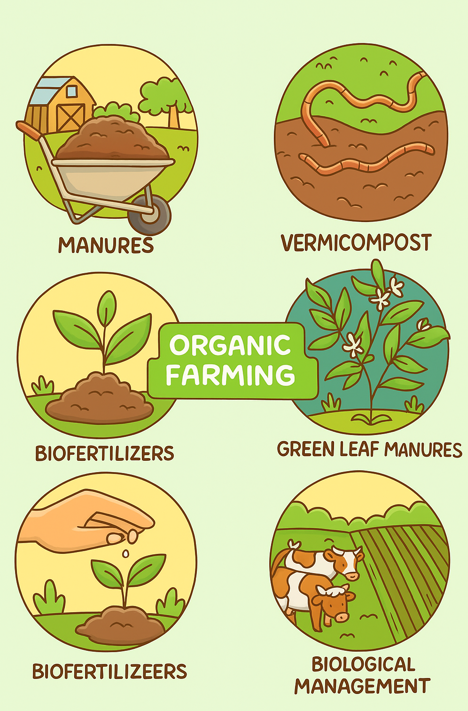
Organic farming is a commitment to growing food in harmony with nature. It’s about nurturing the soil, protecting water and wildlife, treating animals humanely, avoiding synthetic chemicals and GMOs, and ultimately, producing food in a way that sustains the health of the planet and its people for generations to come. It’s not always easy, and it’s not a magic bullet, but it represents a powerful shift towards a more ecological and ethical food system. Choosing organic is a vote for that kind of future.


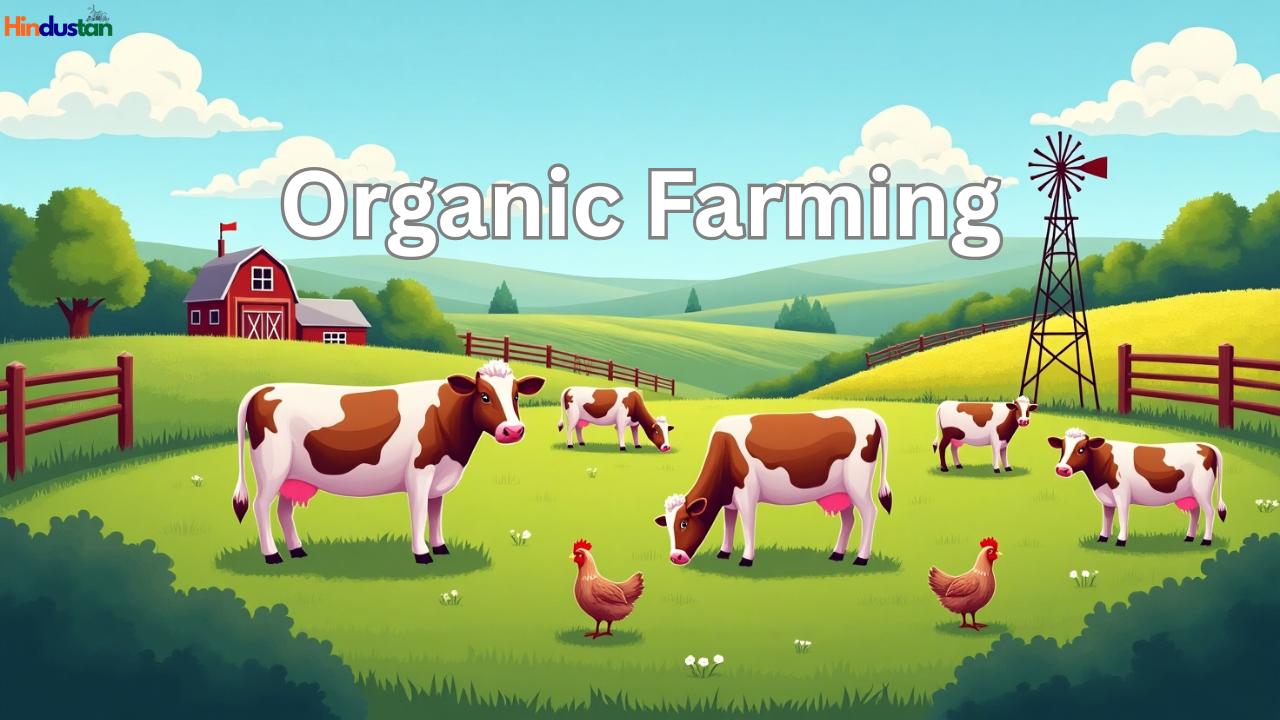
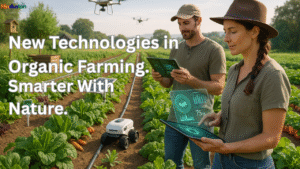
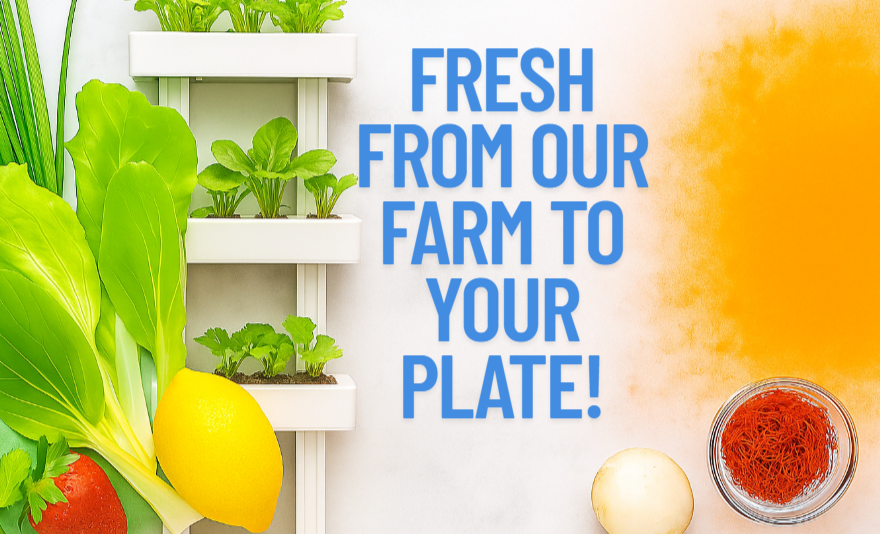
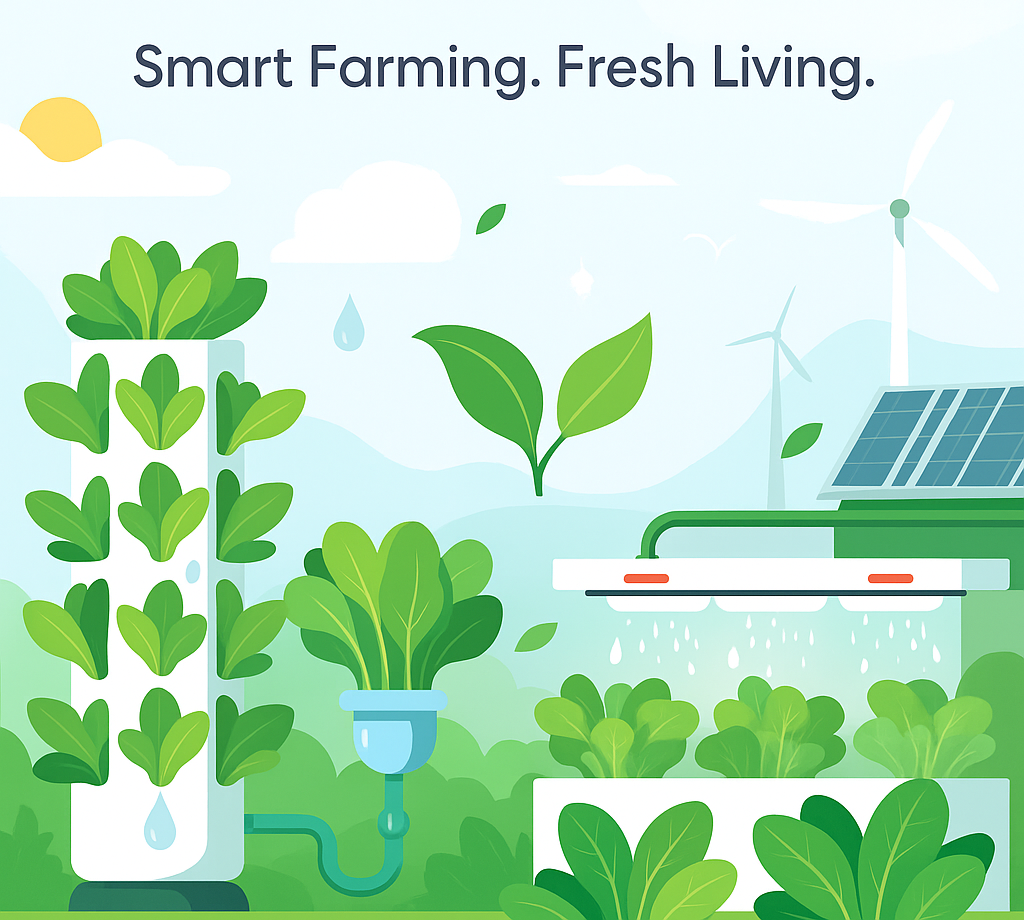
Good Information ✅